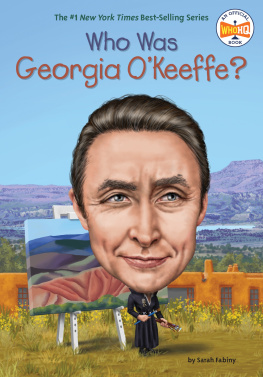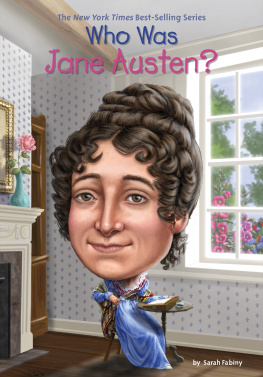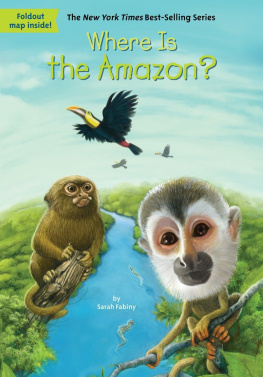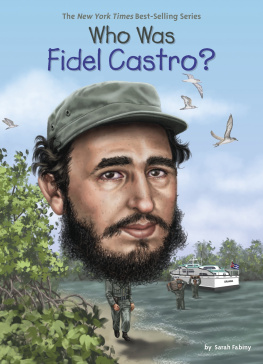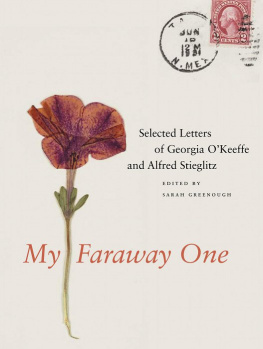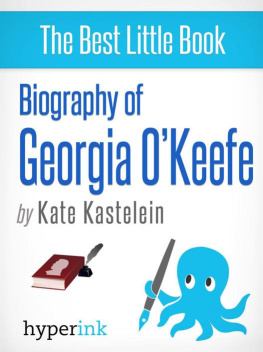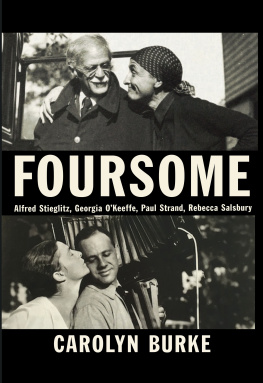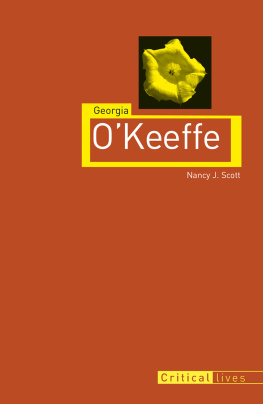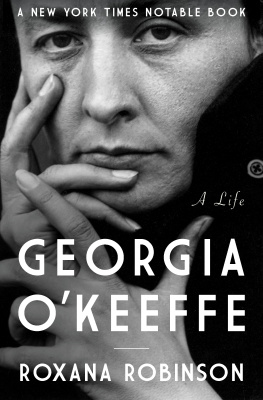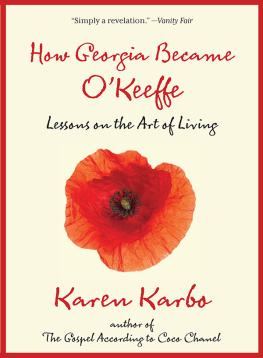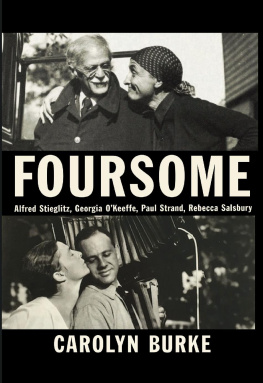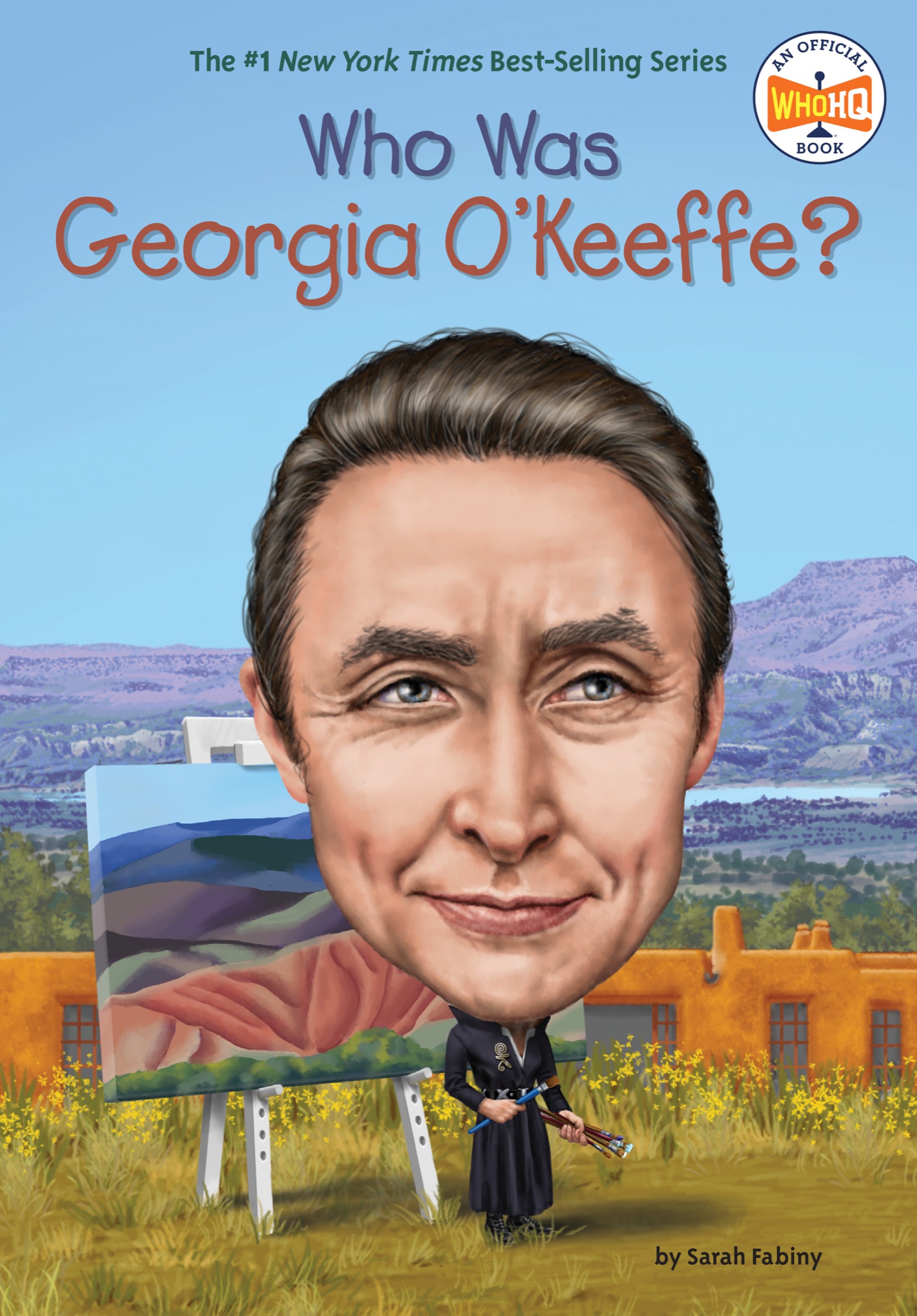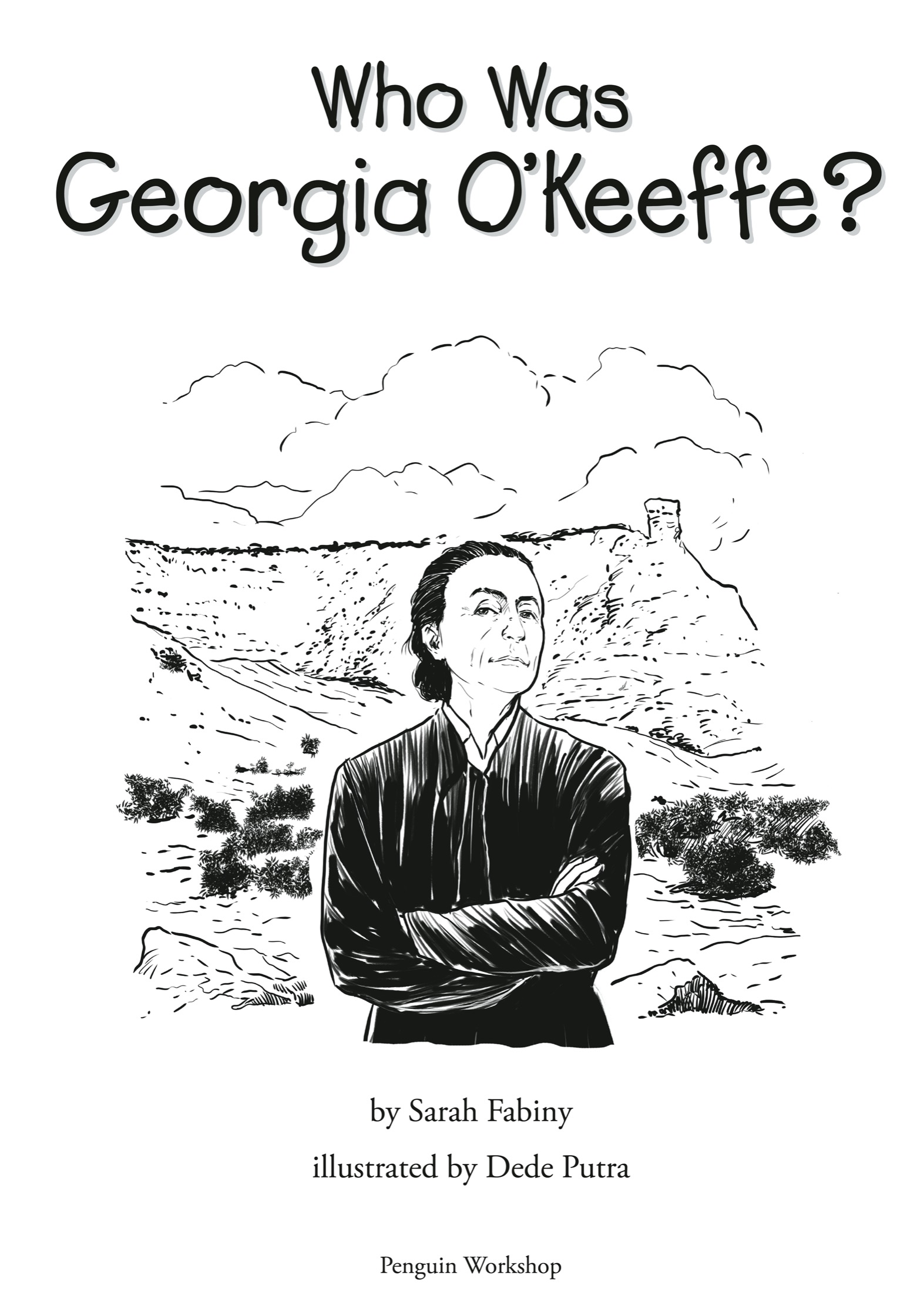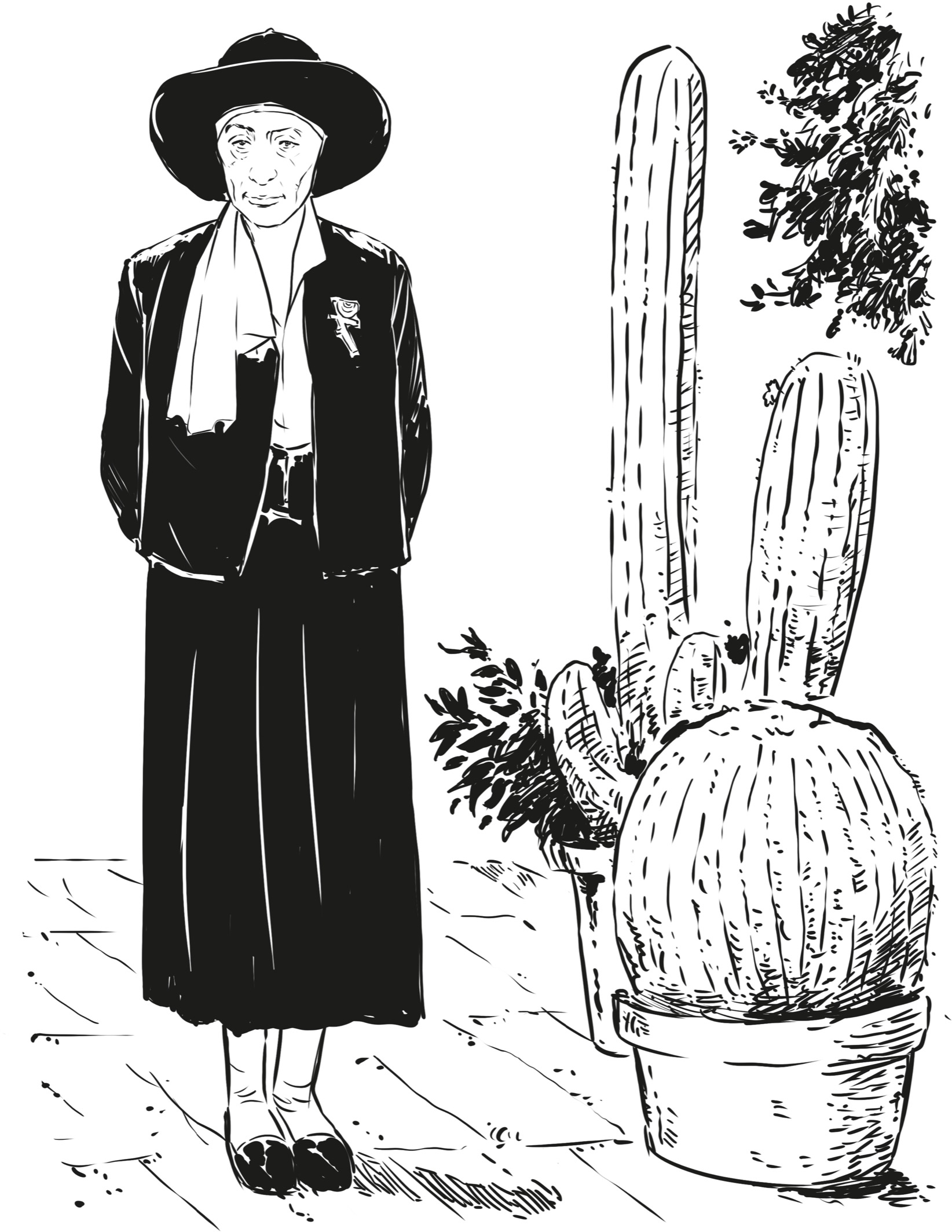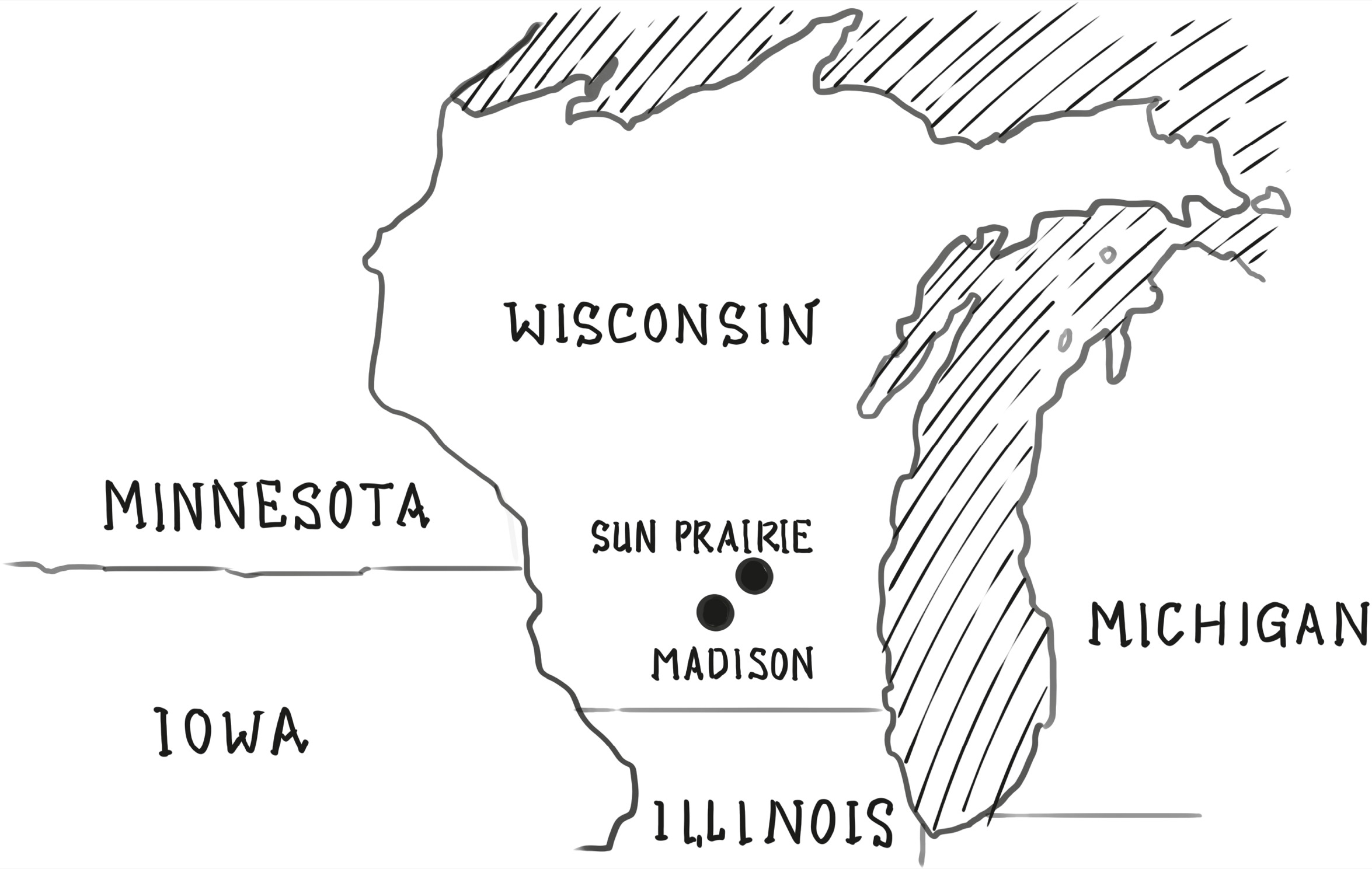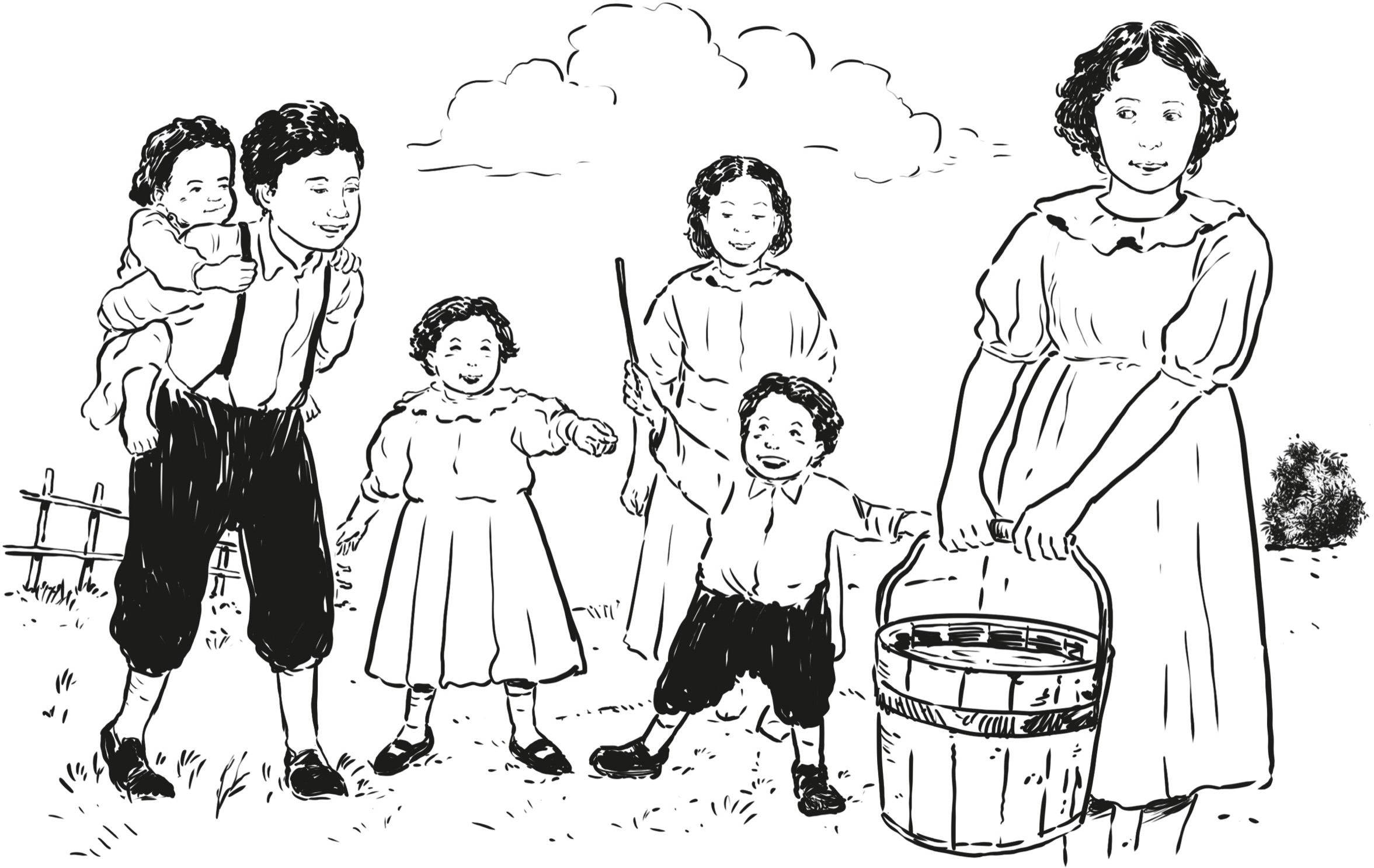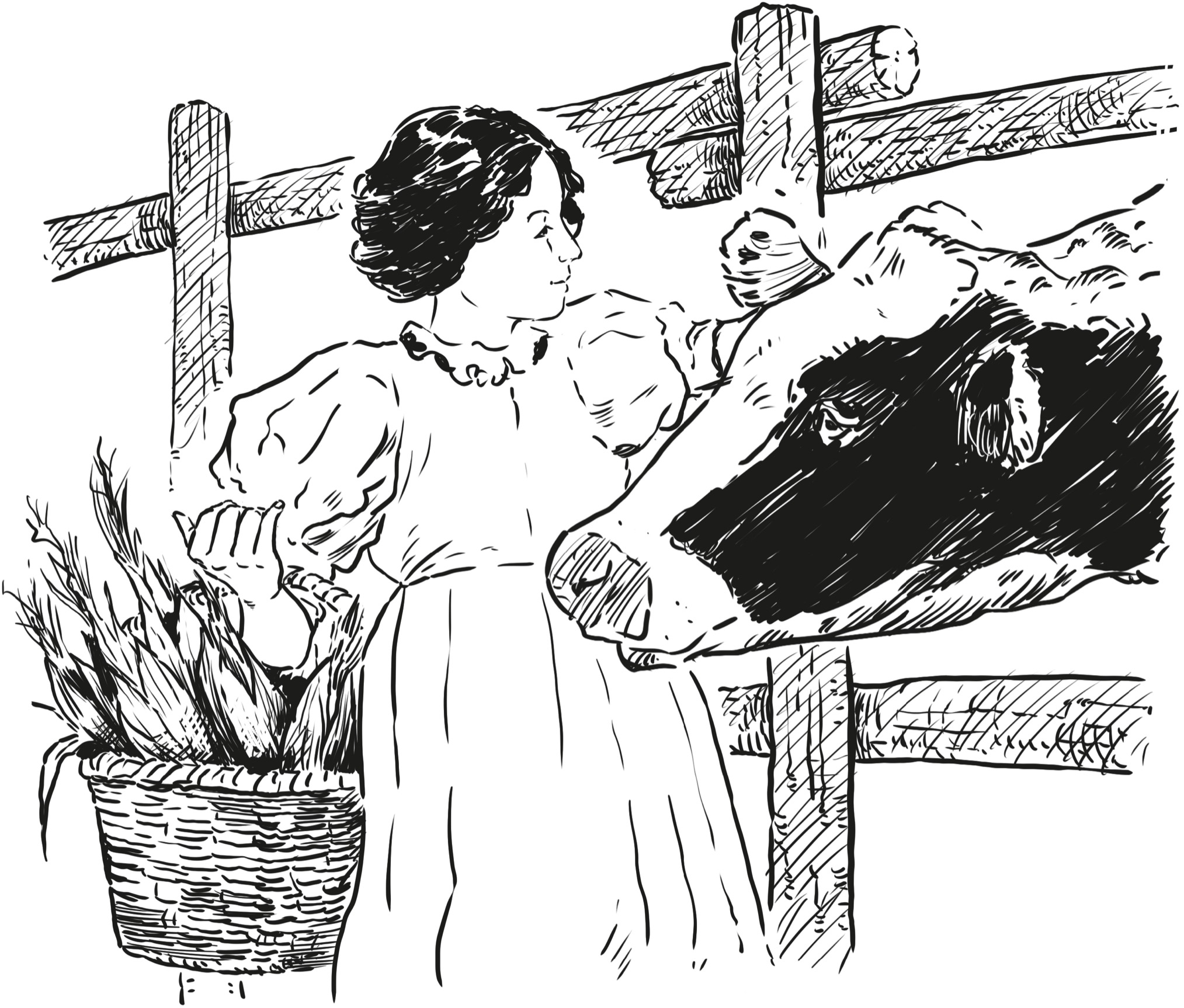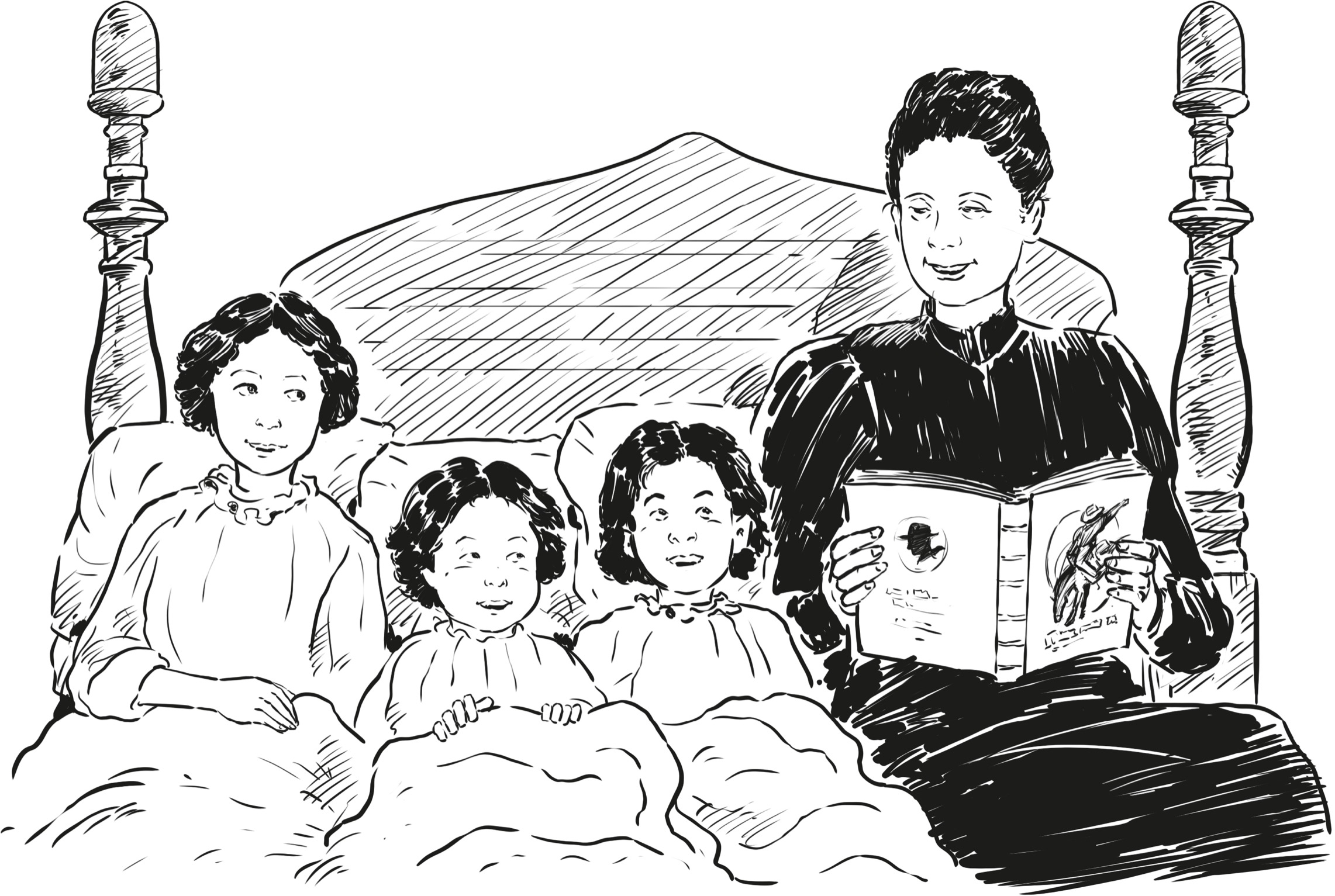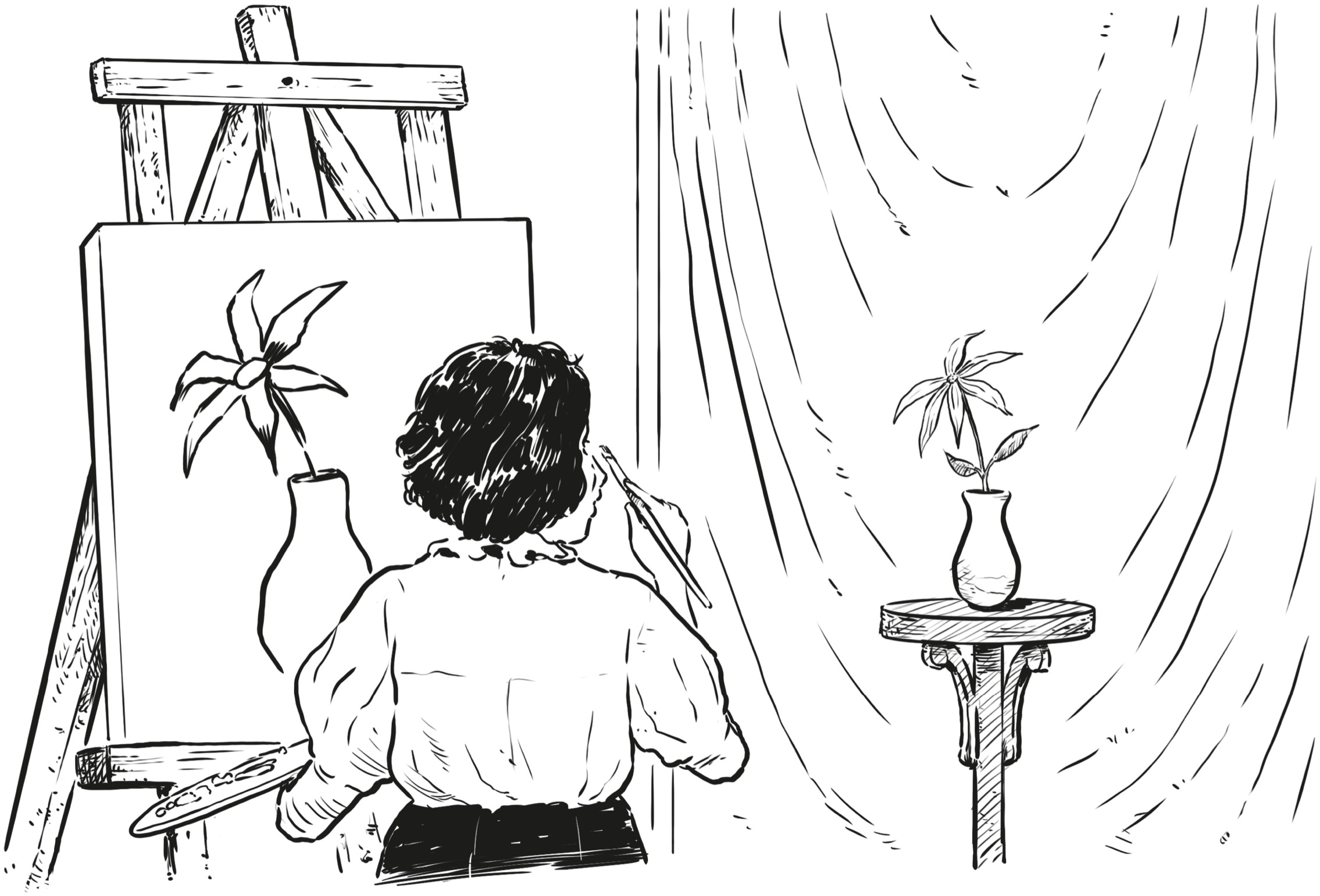PENGUIN WORKSHOP
An imprint of Penguin Random House LLC, New York
First published in the United States of America by Penguin Workshop,
an imprint of Penguin Random House LLC, New York, 2022
Text copyright 2022 by Sarah Fabiny
Illustrations copyright 2022 by Penguin Random House LLC
Penguin supports copyright. Copyright fuels creativity, encourages diverse voices, promotes free speech, and creates a vibrant culture. Thank you for buying an authorized edition of this book and for complying with copyright laws by not reproducing, scanning, or distributing any part of it in any form without permission. You are supporting writers and allowing Penguin to continue to publish books for every reader.
PENGUIN is a registered trademark and PENGUIN WORKSHOP is a trademark of Penguin Books Ltd. WHO HQ & Design is a registered trademark of Penguin Random House LLC.
Visit us online at penguinrandomhouse.com.
Library of Congress Cataloging-in-Publication Data is available.
ISBN 9780448483061 (paperback)
ISBN 9780593521397 (library binding)
ISBN 9780593522264 (ebook)
The publisher does not have any control over and does not assume any responsibility for author or third-party websites or their content.
pid_prh_6.0_140847917_c0_r0
For MarcSF
Contents
Who Was Georgia OKeeffe?
In February 1951, Georgia OKeeffe and three friends got in a car and drove from the United States to Mexico. At the time, Georgia was sixty-three years old, but she loved to travel, and a long drive through the beautiful landscapes of Mexico sounded like a fantastic adventure. While she was in Mexico, Georgia would visit her friend Frida Kahlo, the famous Mexican painter. Frida was at home in Mexico City, recovering after a long stay in the hospital.
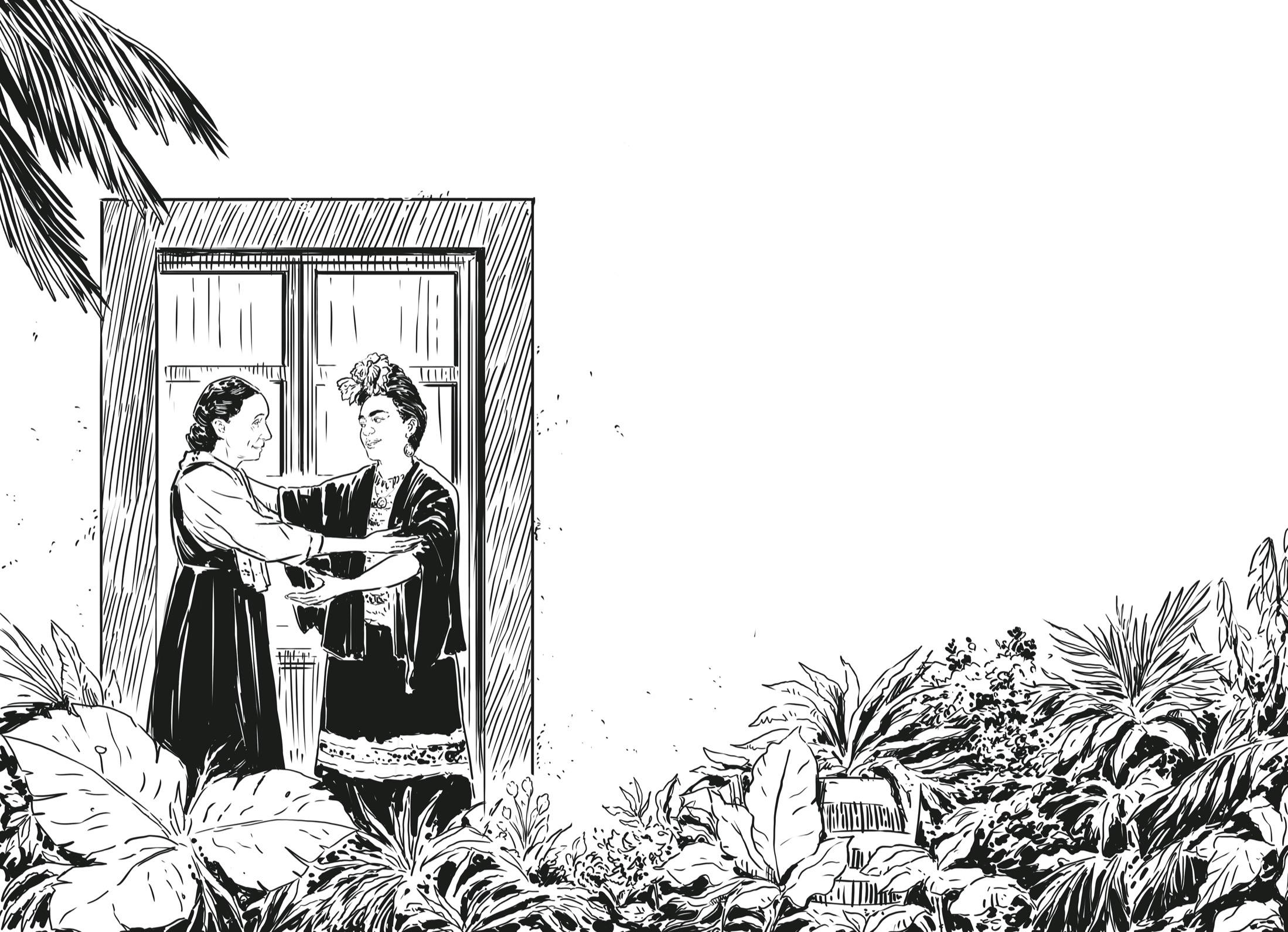
The two women had met twenty years before, in 1931. At that time, Georgia was forty-four years old and already a world-famous artist. Frida was just twenty-four years old and hoped she might one day become as famous and successful as Georgia. Even though there was a twenty-year age difference between them, the two women struck up a close and lasting friendship. They had a lot in common: Both had quite unique styles of painting, they were each married to men who were powerful in the art world, and they both dressed uniquely to express their individuality.
Throughout their friendship, Frida looked up to Georgia because Georgia was truly one of a kind in the art world. She had blazed a trail in a field dominated by men and had a career that inspired other women artists. Georgia painted what she wanted to paint, dressed the way she wanted to dress, and lived the way she wanted to liveindependently. Georgia had not only inspired Frida, she also had inspiredand continues to inspirefemale artists around the world.
Georgia OKeeffe was born on November 15, 1887, in Sun Prairie, Wisconsin. Her father was Francis Frank OKeeffe. He was a farmer whose family had immigrated to the United States from Ireland. Georgias mother was Ida Totto. Her family had come to the United States from Hungary. Ida was a strong, bright woman who had hoped to be a doctor. But when she married Frank, she left school to help with the family farm. Even though Ida had given up her own education, she made sure her daughters as well as her sons were educated. And she taught them to be strong and independent.
Georgia was the first girl born to Frank and Ida and the second child of seven. She had an older brother, a younger brother, and four younger sisters. It was normal for farmers to have large families. They needed lots of hands to help with the farm work.
The OKeeffes farm was a dairy farm. They had many cows, but they also grew corn, oats, and hay. Georgias brothers helped their father with the animals and the crops on the farm. Georgia and her sisters helped their mother look after the house, cook, clean, and tend to the familys vegetable garden.
Even though there was a lot of work to do on the farm, Georgias mother made sure that Georgia and her siblings had the opportunity to learn. Mrs. OKeeffe read to her children all the time. She read them adventure stories and tales about cowboys and the Wild West. Georgia was fascinated. She imagined what it might be like to live out on the prairies and deserts in the western United States.
Georgias mother not only wanted her daughters to get an education, she also wanted them to have the chance to work and have a career. She hoped Georgia and her sisters would have opportunities to be more than just farmers wives. So when Georgia was eleven years old, her mother signed up Georgia and two of her sisters to take art lessons. Georgia loved the classes and showed a talent for both drawing and painting.
Georgia spent a lot of time on her own on the farm. The two-hundred-acre property gave her a chance for privacy and solitude. Later in her life, Georgia would say, I dont take easily to being with people. The trees, animals, and wide-open sky kept her company. Georgia would take her pencil and sketch pad with her and draw the things she sawraindrops, flowers in the field, leaves on the trees, birds in the sky, and animals in the pastures. The shapes and patterns of these things stood out to her. Georgia tried hard to capture them on paper.
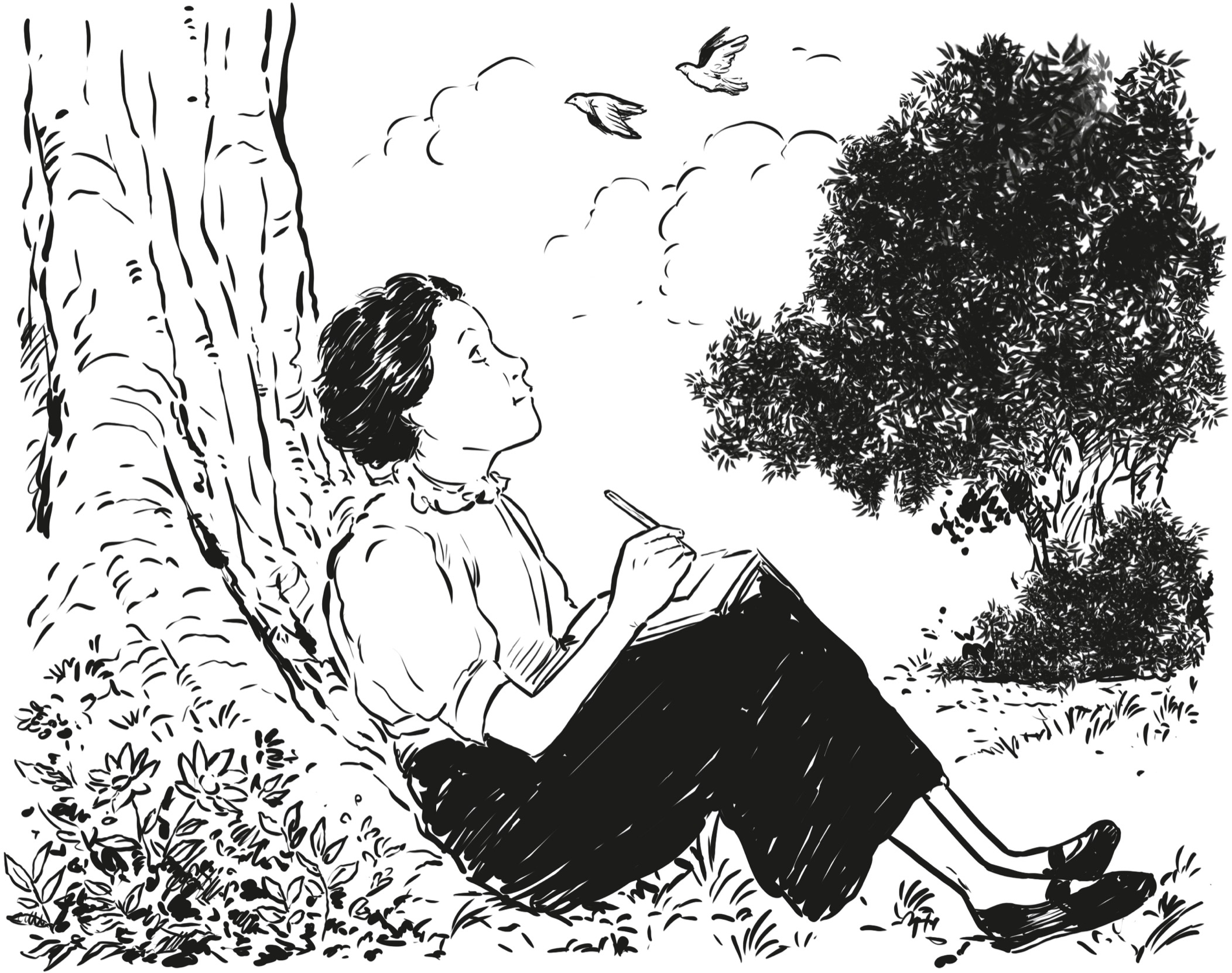
In 1901, just before she was fourteen, Georgia was sent to a Catholic boarding school outside Madison, Wisconsin. Madison was about thirteen miles away from the OKeeffe farm. The school was just for girls, and it was run by nuns. The rules at the school were strict, but Georgia didnt mind. She studied hard and won awards in several classes, including a gold pin for drawing. On Sundays at the school, the girls had to dress entirely in black. Most of them didnt like having to wear plain, all-black clothing. But Georgia felt comfortable dressed so simply. It was a look that she used for much of the rest of her life.

